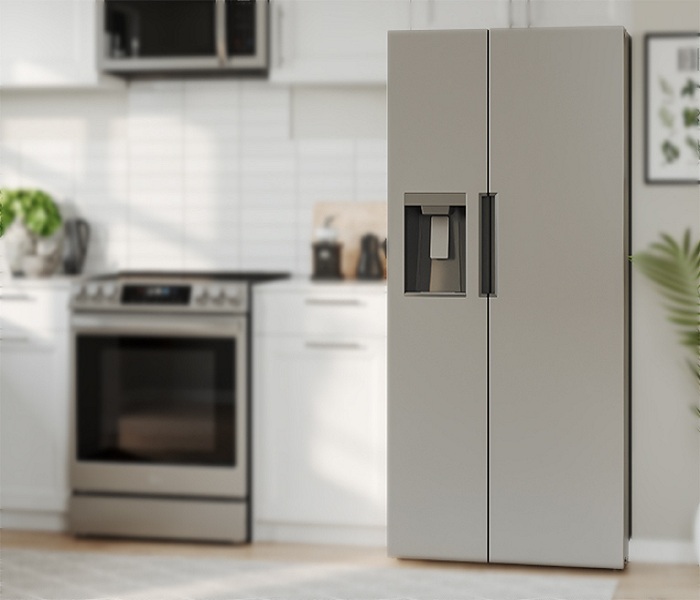It doesn’t matter whether you live in a house, an apartment, a dorm room, a mobile home, or any other kind of dwelling, there is never enough electrical outlets no matter where you live. Taking this into consideration, it’s not surprising to find multi-outlet power strips all over the place. They’re not only convenient because they have more outlets, but they’re also able to regulate the amount of power going to each outlet.
Check out our list of the top ten things you should never plug into a power strip.
1. Refrigerators and freezers
Due to the high electrical demands of large appliances, such as refrigerators, which are also often used in short bursts, power strips are susceptible to overloading. These appliances require special outlets in the wall to function properly. Do not add more devices to an already overloaded outlet.
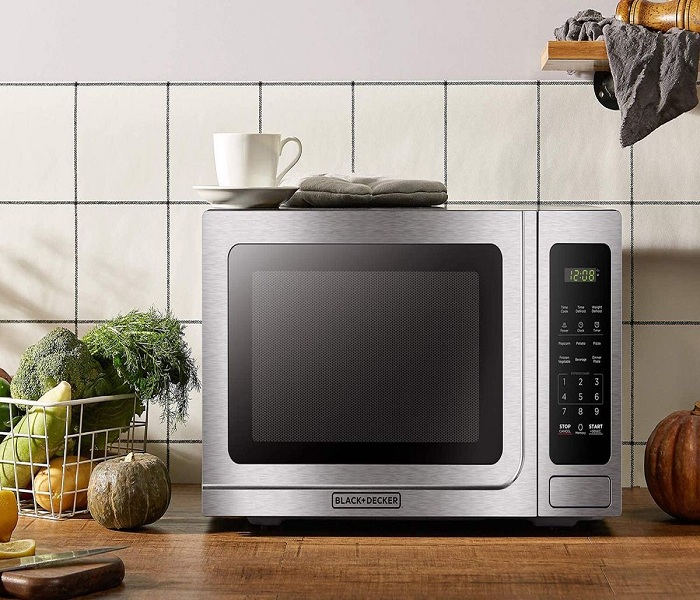
2. Microwave ovens
Our homes have been revolutionized by microwave ovens, which have revolutionized the way we prepare and reheat food. The microwave, as wonderful as it may be, requires more power than a power strip can provide. It is recommended that it be plugged into a separate electrical outlet, just like an electric oven would.
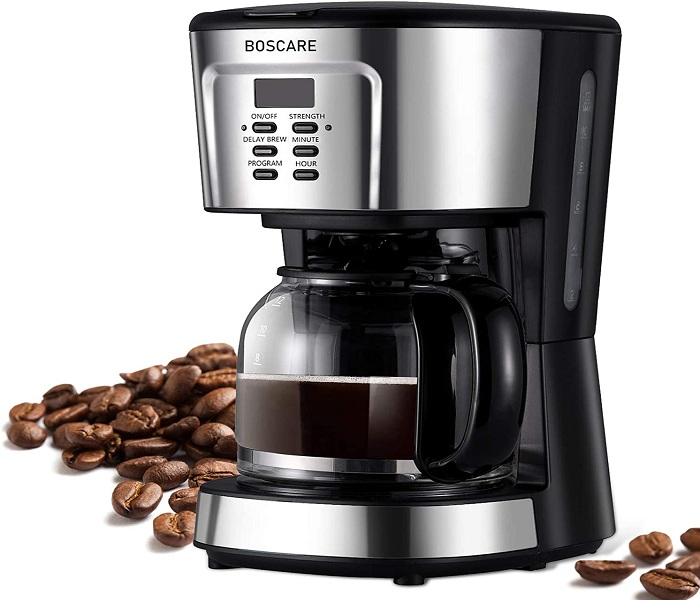
3. A coffee maker
Despite the fact that your morning pot of coffee may not seem like it requires a lot of power, most coffee makers consume quite a bit of electricity. Avoid waking up to an unfinished pot of coffee by plugging the coffee maker in at night.

4. Toasters
It is no secret that toasting involves a bundle of wires heated to high temperatures if you have ever looked inside a toaster to get out burned bread. A power strip can easily become overheated due to the current drawn by these wires. Toaster ovens, electric skillets, and waffle irons are also susceptible to this issue.
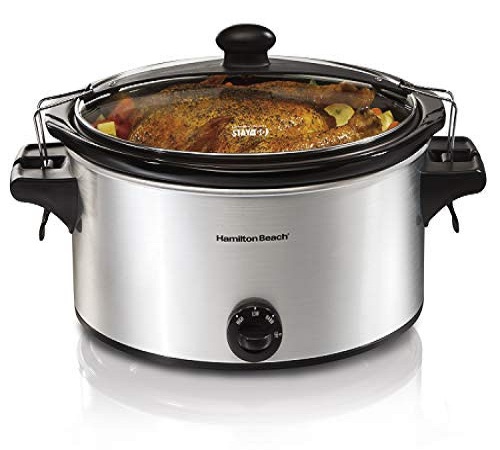
5. Slow cookers and hot plates
You are doing it wrong if you plug your slow cooker into a power strip to free up countertop outlet space. A power strip cannot supply this kitchen equipment with the continuous power it requires. While slow cookers can run without supervision, you should make sure that they are securely plugged into an outlet if they are to be used.
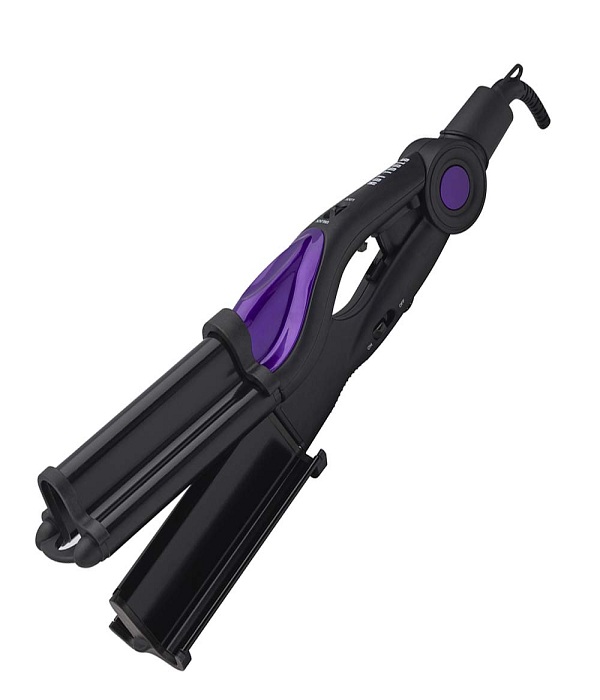
5. Hair-Care Equipment
There is a large amount of energy that is used in hair dryers, curling wands, and flat irons. All hairstyling products that generate heat should be plugged directly into a wall outlet, preferably one that has a ground fault circuit interrupter (GFCI) to prevent accidental water exposure which is a common bathroom hazard.

7. Portable Heaters & Air Conditioners
It is important to note that portable heaters and air conditioners have a high initial power consumption due to their on/off configuration. These devices must always be connected to their own individual outlets in order to prevent overheating or tripping circuit breaker. Because of this, a power strip can overheat or trip its circuit breaker.

8. Sump Pumps
Power strips are not made to be utilized in wet environments, so they are not suitable for use with a sump pump in the event of a flood. Sump pumps are often the last line of defense in the event of a flood. If flooding occurs, you should connect the sump pump to a GFCI outlet that is located some height above the floor.

9. Air Compressors
Portable air compressors can be a great help around the house for home improvement enthusiasts who don’t mind a little hard work, but they do require a lot of electricity to get them started. Use an extension cord with a heavy-duty rating, not a power strip, to get the most out of your air tools.
It is not recommended to use more than one power strip at the same time.
Using multiple power strips together, commonly known as “daisy-chaining,” is the quickest way to overload your electrical system. It is also dangerous and violates most fire safety regulations. Power strips should never be used with extension cords, and if you run out of plugs, unplug one item before pinning another-or cut the cord and find power-free alternatives.

